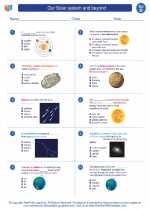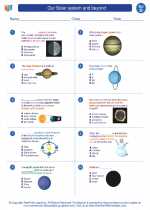Cellulose
Cellulose is a complex carbohydrate found in the cell walls of plants. It is the most abundant organic compound on Earth and serves as a structural component in plant cells.
Structure
Cellulose is a polymer made up of repeating glucose units. These glucose units are linked together by beta-1,4-glycosidic bonds, creating long, linear chains. The chains are held together by hydrogen bonds, forming strong, rigid structures.
Function
Cellulose provides strength and rigidity to plant cell walls, allowing plants to maintain their shape and structure. It also provides support for the entire plant, allowing it to stand upright and resist external forces.
Digestibility
Despite its abundance and importance in plant structure, cellulose is not easily digestible by most animals, including humans. This is because the beta-1,4-glycosidic bonds in cellulose cannot be broken down by the enzymes in the human digestive system.
Study Guide
- What is cellulose?
- Describe the structure of cellulose.
- What is the function of cellulose in plant cells?
- Why is cellulose not easily digestible by most animals?
Understanding the structure and function of cellulose is important for understanding plant biology and the role of carbohydrates in living organisms.
.◂Science Worksheets and Study Guides Fourth Grade. Our Solar system and beyond

 Worksheet/Answer key
Worksheet/Answer key
 Worksheet/Answer key
Worksheet/Answer key
 Worksheet/Answer key
Worksheet/Answer key
 Vocabulary/Answer key
Vocabulary/Answer key
 Vocabulary/Answer key
Vocabulary/Answer key
 Vocabulary/Answer key
Vocabulary/Answer key
